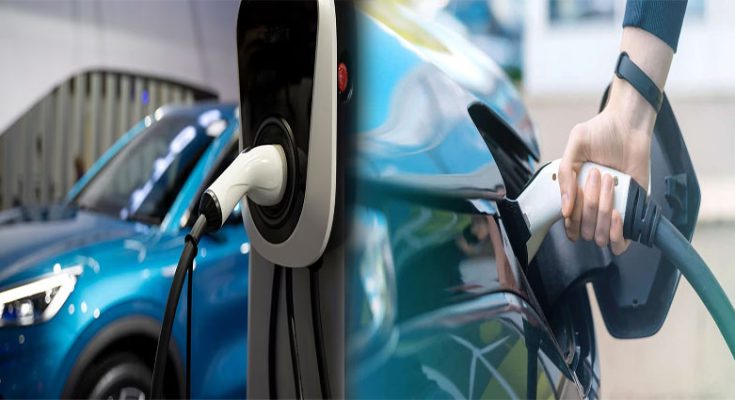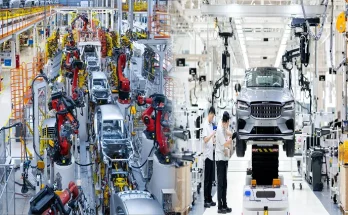The global push for sustainable and environmentally friendly transportation solutions has spurred widespread interest in electric vehicles (EVs) as a viable alternative to traditional internal combustion engine vehicles. To accelerate the adoption of EVs and mitigate carbon emissions, many governments have implemented subsidies and incentives to incentivize consumers to embrace electric mobility. In this article, we will delve into the impact of government subsidies on electric vehicle adoption, exploring the effectiveness of these measures and their implications for the transition to sustainable transportation.
Stimulating Market Demand
Government subsidies play a pivotal role in stimulating market demand for electric vehicles by making them more affordable and cost-competitive relative to conventional gasoline-powered cars. By offering financial incentives, tax credits, or rebates to buyers of electric vehicles, governments can effectively reduce the upfront purchase cost, thus lowering the barrier to entry for consumers. This, in turn, encourages a greater number of individuals and businesses to consider electric vehicles as a viable option, thereby boosting demand and driving the growth of the EV market.
Incentivizing Innovation and Infrastructure Development
In addition to incentivizing consumers, government subsidies for electric vehicles also spur innovation and infrastructure development within the automotive industry. Substantial grants and subsidies directed towards EV manufacturers and technology providers can promote research and development efforts, leading to advancements in battery technology, charging infrastructure, and overall vehicle efficiency. Consequently, this can lead to a virtuous cycle of innovation, driving down the cost of production and enhancing the performance of electric vehicles.
Moreover, government subsidies often contribute to the expansion of EV charging infrastructure, addressing a crucial concern for potential EV buyers. By investing in the deployment of charging stations and establishing supportive policies for infrastructure development, governments can alleviate “range anxiety” and enhance the overall accessibility and convenience of electric vehicle use, thereby bolstering consumer confidence in making the switch to electric mobility.
Environmental Impact and Emission Reduction
The overarching goal of government subsidies on electric vehicles is to achieve substantial environmental benefits by reducing greenhouse gas emissions and air pollution associated with traditional gasoline-powered vehicles. By incentivizing the adoption of electric vehicles, governments aim to accelerate the transition towards a cleaner and more sustainable transportation ecosystem. The widespread uptake of EVs driven by subsidies can result in a significant reduction in carbon dioxide emissions and other harmful pollutants, contributing to improved air quality and environmental preservation.
Economic and Energy Security Considerations
From an economic perspective, subsidies for electric vehicle adoption can have far-reaching implications. By promoting the growth of a domestic electric vehicle market, governments aim to reduce dependence on foreign oil imports and enhance energy security. Furthermore, the promotion of EV technology and manufacturing within national borders can create job opportunities, foster industrial growth, and stimulate economic development, aligning with broader economic policy objectives.
Challenges and Considerations
While government subsidies have proven effective in bolstering electric vehicle adoption, challenges and considerations remain. Sustainable long-term adoption relies on a comprehensive approach that encompasses not only financial incentives but also supportive policies, public awareness campaigns, and collaboration with industry stakeholders. Additionally, the phasing out of subsidies over time presents a critical transition period that requires careful planning to ensure the sustained growth of the EV market.
Government subsidies play a pivotal role in shaping the trajectory of electric vehicle adoption, offering a potent tool for accelerating the transition to sustainable transportation. By incentivizing consumers, fostering innovation, and addressing environmental and energy security concerns, subsidies have the potential to drive widespread EV uptake and pave the way for a greener and more sustainable automotive landscape. As governments continue to refine and adapt their subsidy programs, the impact on electric vehicle adoption will be closely scrutinized, shaping the future of transportation and contributing to a more sustainable and environmentally conscious world.





